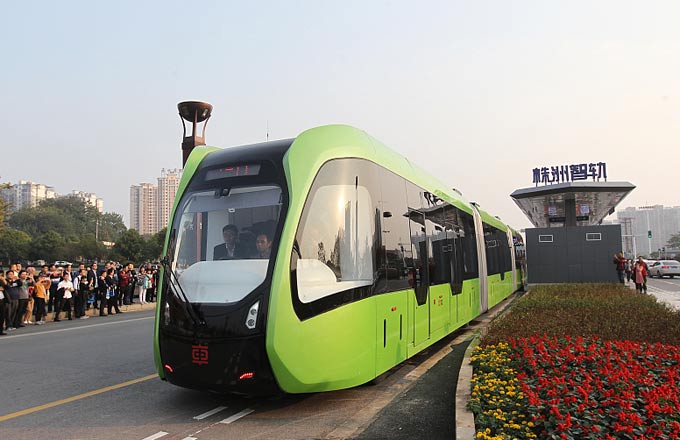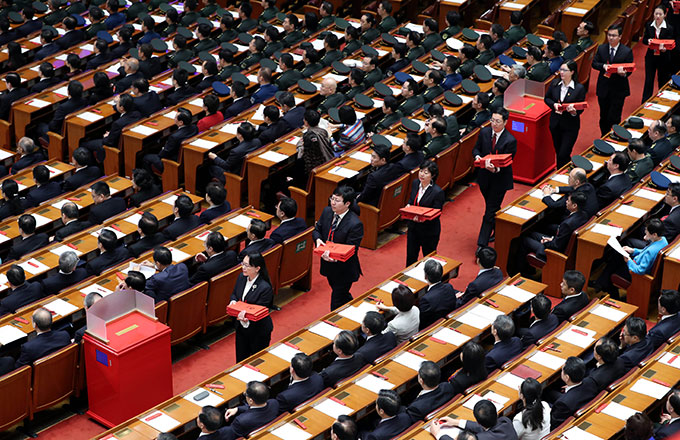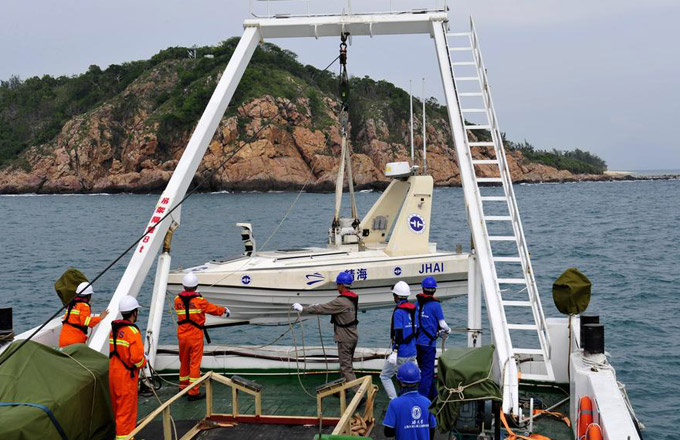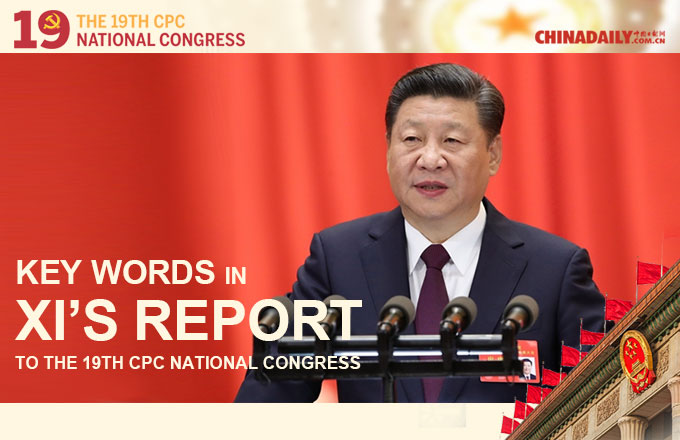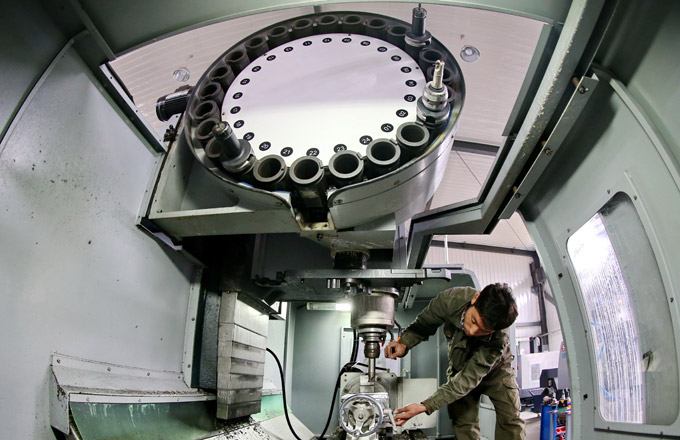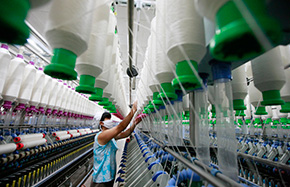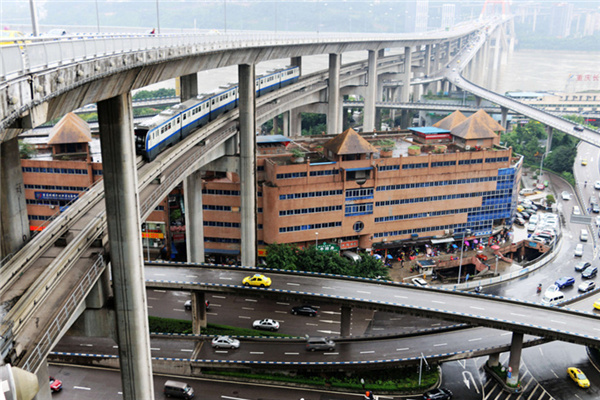Navy climbing to global 'front rank'
Aircraft carriers give military new capabilities to better protect China's national interests around the world

Chinese military shipbuilding technology will leap to the front rank globally in the near future, a senior ship designer said on Tuesday.
Ships, such as aircraft carriers, are "instruments of national significance", said Wu Xiaoguang, chief designer of China's first domestic aircraft carrier. The country has achieved great progress since 2012, he said.
On April 26, China launched its first domestically developed aircraft carrier in Dalian, Liaoning province, according to the Ministry of National Defense. The new carrier-the largest and most sophisticated vessel China has ever built-is undergoing a thorough trial run at sea. It's name will be provided once it is commissioned.
It follows the CNS Liaoning, the country's first carrier, which was refitted from a partially built Soviet ship.
"An aircraft carrier is the crown jewel of military hardware. It is extremely complex and must be designed with great attention to detail," Wu told reporters on the sidelines of the 19th National Congress of the Communist Party of China. "And everything on the new carrier-every steel plate, the electronics, equipment, aircraft, missiles and mines-was produced on our own."
With a displacement of 50,000 tons, the carrier is classed as midsize. A large one typically has a displacement of at least 80,000 tons.
On June 28, China launched its Type 055 class guided-missile destroyer in Shanghai. The 10,000-metric-ton warship is equipped with advanced air defense, anti-missile, anti-ship and anti-submarine weapons, and it is regarded as one of China's most powerful surface combat vessels, the ministry said.
"China is fully capable of producing midsize and large aircraft carriers and large destroyers," Wu said.
China depends heavily on the sea, with more than 80 percent of its exports and imports ferried by water, he said. At the same time, it is the world's largest trading nation, with massive migration of workers and movement of tourists. As the Belt and Road Initiative progresses, China's overseas investment and number of workers will increase dramatically, and "they will need protection from our naval forces", Wu added.
In recent years, China has been turning out a steady stream of new vessels because "many of our ships are outdated or have exceeded their service life", he said.
Wu said his teams-whose members' average age is 37 years-will continue to contribute to China's growing naval capabilities.
"In the near future, I am confident that our shipbuilding technology will leap to the world's front rank," he said.
Major General Ma Gang, a professor at the People's Liberation Army National Defense University, said a strong naval force is a hallmark of a strong nation, but China will not use its Navy to impose Chinese influence or pursue hegemony.
"The Navy is committed to protecting China's interests and national sovereignty," Ma said. "At the same time, a strong Navy can shoulder more escort and peacekeeping duties and contribute more to regional and world peace."





